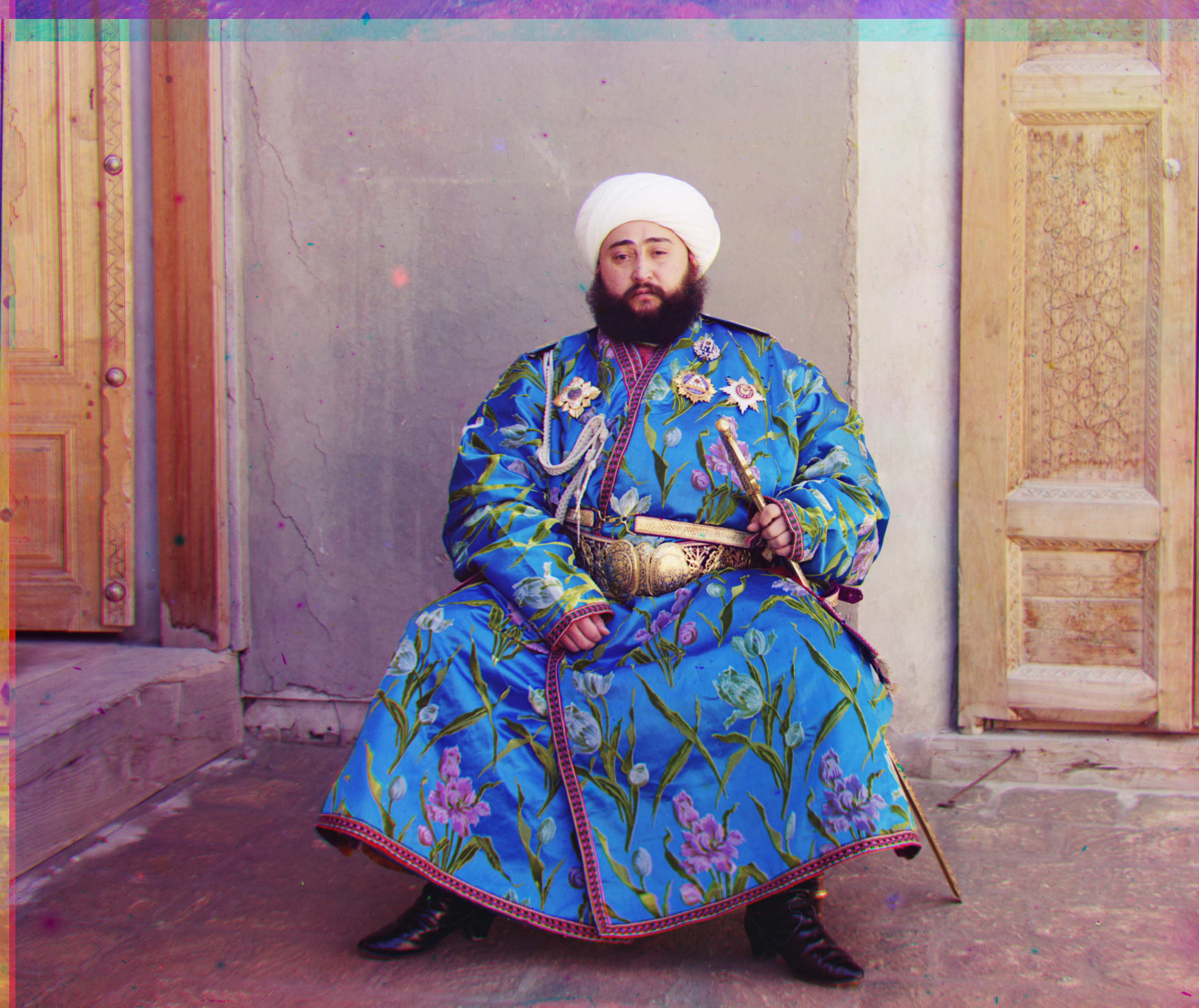
Images Colorized
Emir [Translational Vector for G channel: (49, 24)] [Translational Vector for R channel: (107, 40)]
Project Overview
The goal of this project was to take random croppings of single channel images (R G B) and overlay them to produce a single coherent image. This was particularly challenging as it was hard to find the exact translational vector. Some key challenges including finding the proper heuristic to evaluate a good overlay of channels, and implementing a fast algorithm to quickly align high-res images.
For my implementation, I first used a naive approach of scanning [-20, 20] pixel ranges for the entire image and trying to align some low-res images. I used an L2 norm for my heuristic to determine proper overlay. I used the B channel as the reference frame and aligned the R and G seperately, and then overlayed them. This implementation worked very well for low resolution images. For higher resolution images, however, I was unable to properly align images as the algorithm was too slow. I implemented the Pyramid Image Processing algorithm to improve the speed of my Processing by dynamically downsampling the images until I reached some arbitrary low-resolution, and then used my naive approach to obtain a base-level translation. Once I knew my base level translation I then scaled it by my downsampling factor and incorporated it into my recursive search logic to narrow down and fine tune how much I needed to translate in higher-res. For the higher-res images I used a [-3, 3] pixel range for fine-tuning my search and only using [-20, 20] for highest level of downsampled low-res image. This solved my speed problem, but my L2 norm was still not a very good heuristic as brightness was not captured equally across different channels. Thus, I used edge-detection from "skimage" library to only obtain edges of an image and then apply an L2 norm, and that gave me very promising results that I am presenting today!
Enjoy!